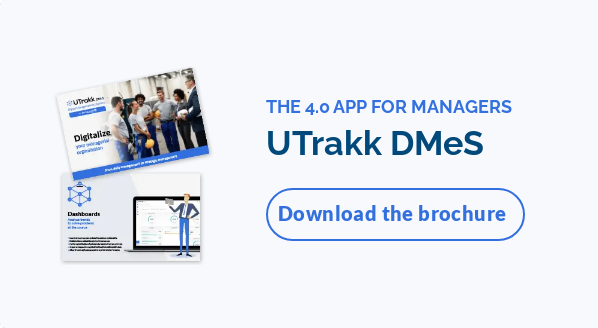Coaching culture and leadership roles during the pandemic: organizations have been resilient
Just when we thought we had all the skills we needed, the infamous March 2020 arrived. BANG! Pandemic.
You may notice that a pandemic was not on my original list above. Now we had a real challenge to face. And more importantly, a challenge that no one had had the luxury of training for.
-
Budgets were tight
-
Emotions were high
-
Priorities were radically altered
-
The idea of having people coaching others in a production environment seemed unrealistic
My clients told me that they had not lost any of their coaching and leadership efforts. In some cases, they had even chosen to step up their coaching efforts to make it part of the corporate culture. You can understand my surprise!
It was their turn to teach me.
A few key themes emerged as I received a lesson in my expertise:
1. Orientation and adaptability
2. Logistics and remote coaching technologies
3. Leadership engagement and mindset
4. Making coaching fun to energize and empower teams
Let's dive into each of these.
1. Orientation and adaptability
All coaching aims for a complete 360-degree perspective on performance, including:
· Safety
· Quality
· Productivity
· Customer service
· Delivery
· Team mobilization
Depending on the company's business strategy and priorities, the effort put into each of these areas may vary.
When COVID-19 was first introduced, it was clear that leaders needed to be ironclad and install good practices in the workplace culture to make their employees feel safe, comfortable, and supported. This would also lead to good retention of those same employees.
The importance of daily kick-off meetings
In the coaching and leadership culture, the kick-off meeting between the frontline leader and his or her team members is critical to setting the tone for the rest of the day. It is also essential for employee engagement.
It can be called:
-
Start of Shift Meeting
-
T1
-
Kick-off
As role models, leaders in the company must be skilled at communicating the different points of view and the organizational changes placed effectively and engagingly. This coaching activity helps reinforce the lines of communication when employees need it most. This is even more true in a crisis, such as the one experienced during the pandemic.
2. Logistics and technologies for remote coaching
Traditionally, good leadership practice in an operational setting has encouraged face-to-face coaching. One wanted to be "in the action" where the challenges and pressures of real life are at their greatest.
Once again, the pandemic has played spoilsport on this front! New approaches were needed on the part of our clients. The goal was to ensure that the coach-team bond remained intact and that local regulations regarding social distancing were respected.
They used:
-
Cell phones
-
Video chat
-
Body cameras to capture live images and conduct coaching sessions on real-time events
-
Webinars
3. Leadership Commitment and Mindset
Recognizing that the challenge would be significant, the coaching teams quickly developed business cases for why the organization needed to coach and support its leaders now more than ever.
The coaching teams made this mission a priority! They did everything they could to ensure that the project leaders were on the same page in decision-making.
4. Make coaching fun to energize teams
All in all, we coaches gravitate toward the things we enjoy spending our time on. Ideally, these things align with our life goals, but this is not guaranteed.
During the pandemic, we saw that every team for which we implemented a coaching culture change took steps to make the process enjoyable, exciting and fun for both the leadership team and the coached managers.
In a work environment that quickly became very stressful, leaders were able to maintain quiet time to reflect with coaches and focus, to take care of the well-being of their employees.
Reasons for teams to engage in coaching programs
Investing in leadership development for the supervisory and management team has always been one of the most effective methods for achieving a sustainable return on investment while generating a strategic return for the organization.
The best-managed companies attract the best people and perform better.
It is in light of this reality that we confidently deliver on our commitments. We lead our clients to invest in developing the skills of their leaders at all levels. Then, creating a work culture in which this level of support is built into every ritual is key.
There is always a next target to hit, no matter how mature the organization or team is. Therefore, it is essential for any coaching approach implemented to design a system that:
1. Supports the coaching activities
2. Allows the next goal to be achieved well beyond the deployment phase
I would like to extend a special thank you to the organizations and leaders who contributed to this article by sharing with us the elements that are essential to the sustainability of a coaching culture:
· Panasonic Avionics' Catalyst coaching team led by Tim Russell
· Flynn Companies' coaching teams coordinated by El Nasser Amin
· DHL's Supply Chain Operational Excellence team and Stephanie Duhau









